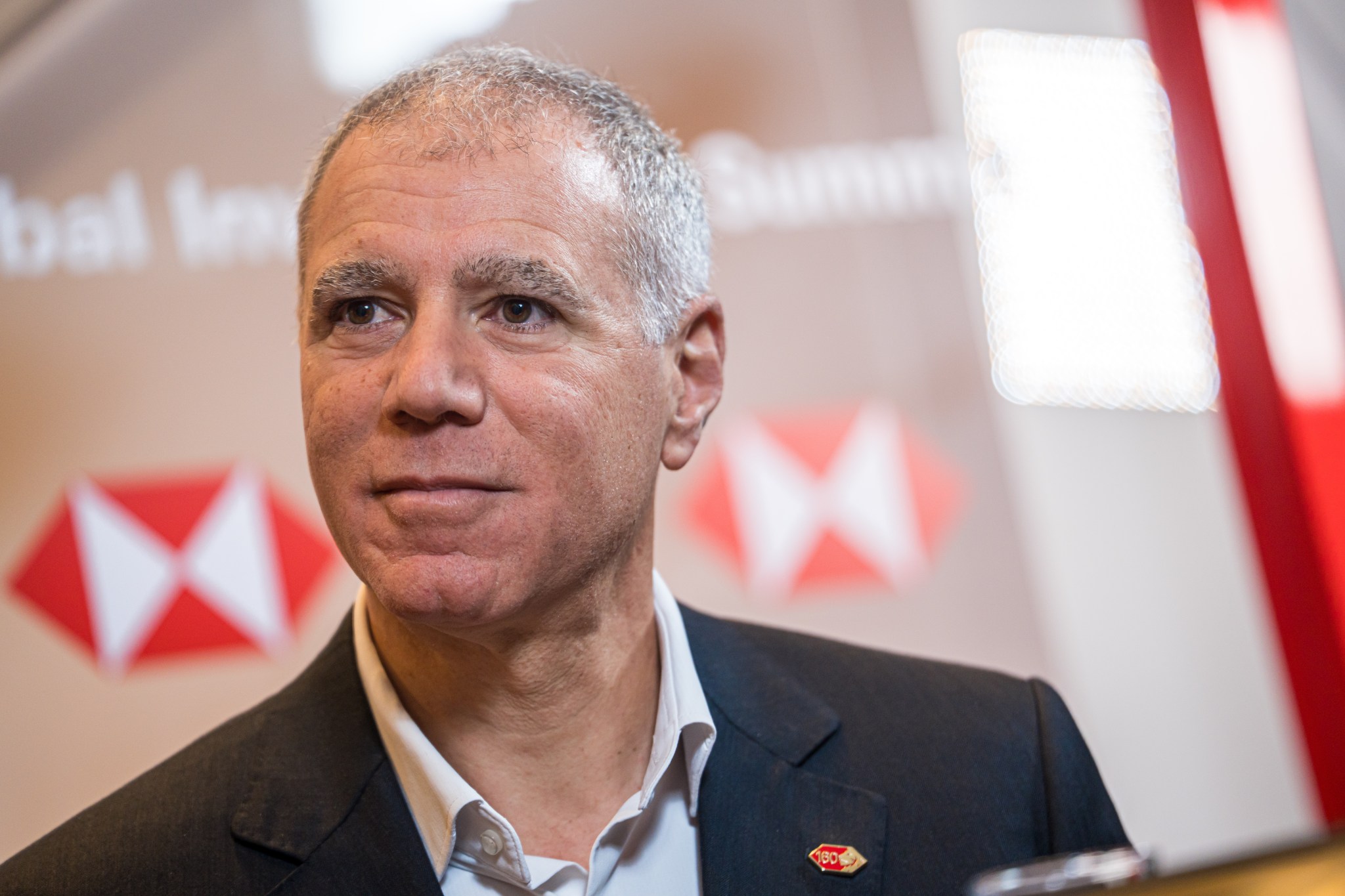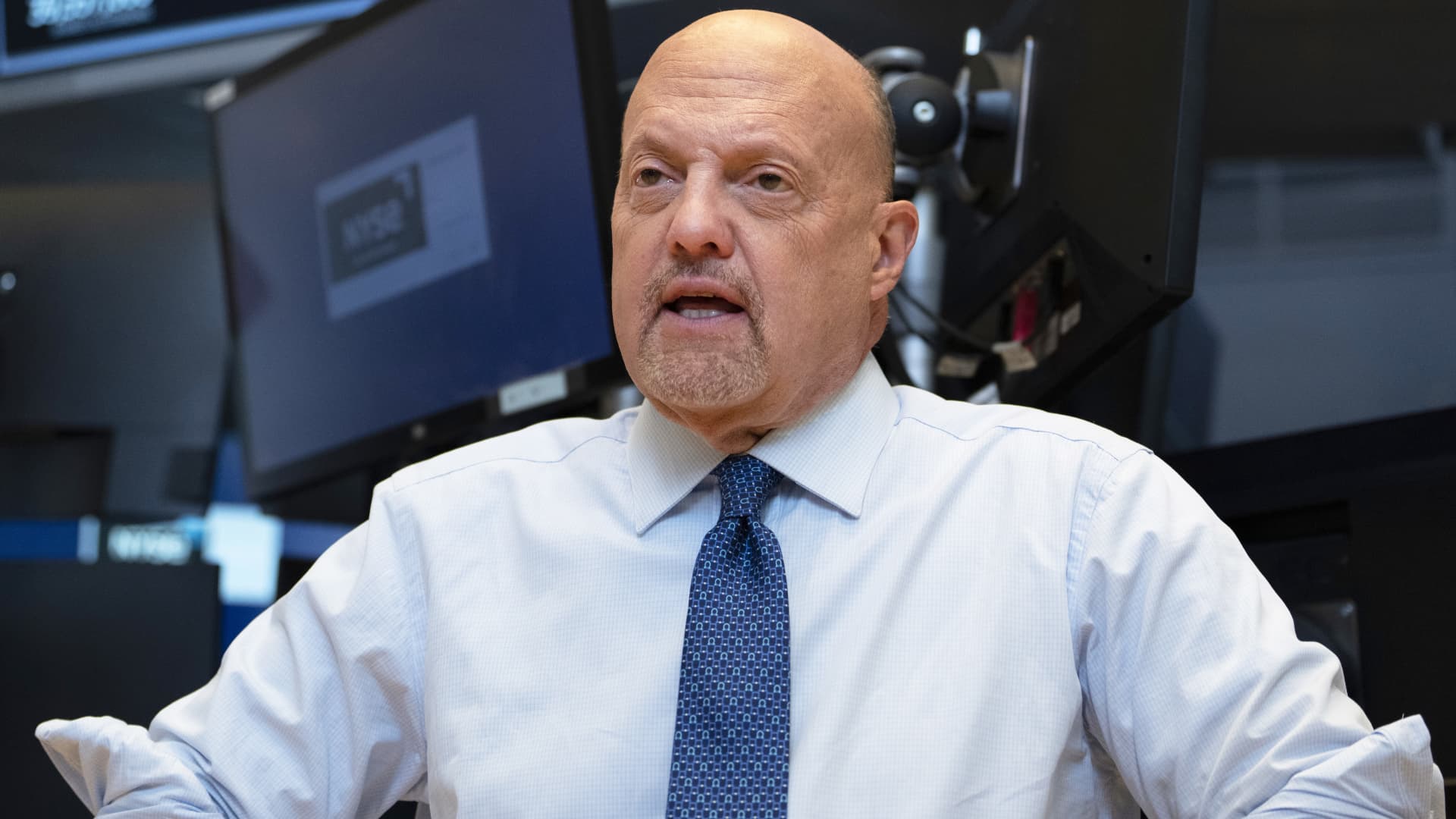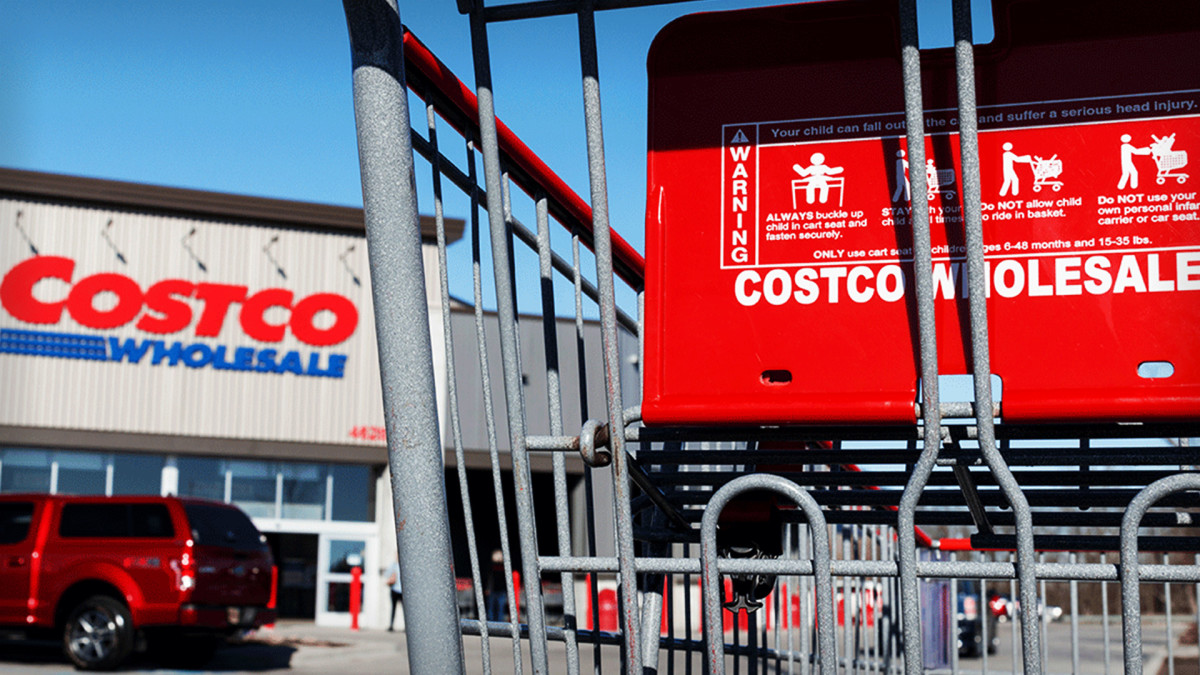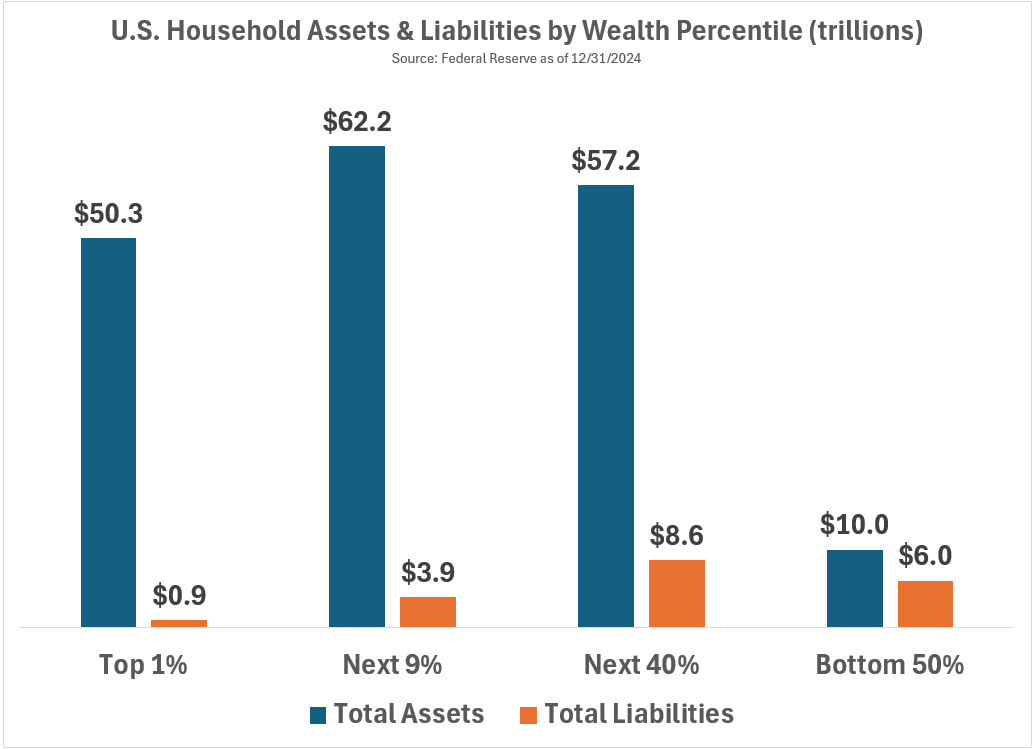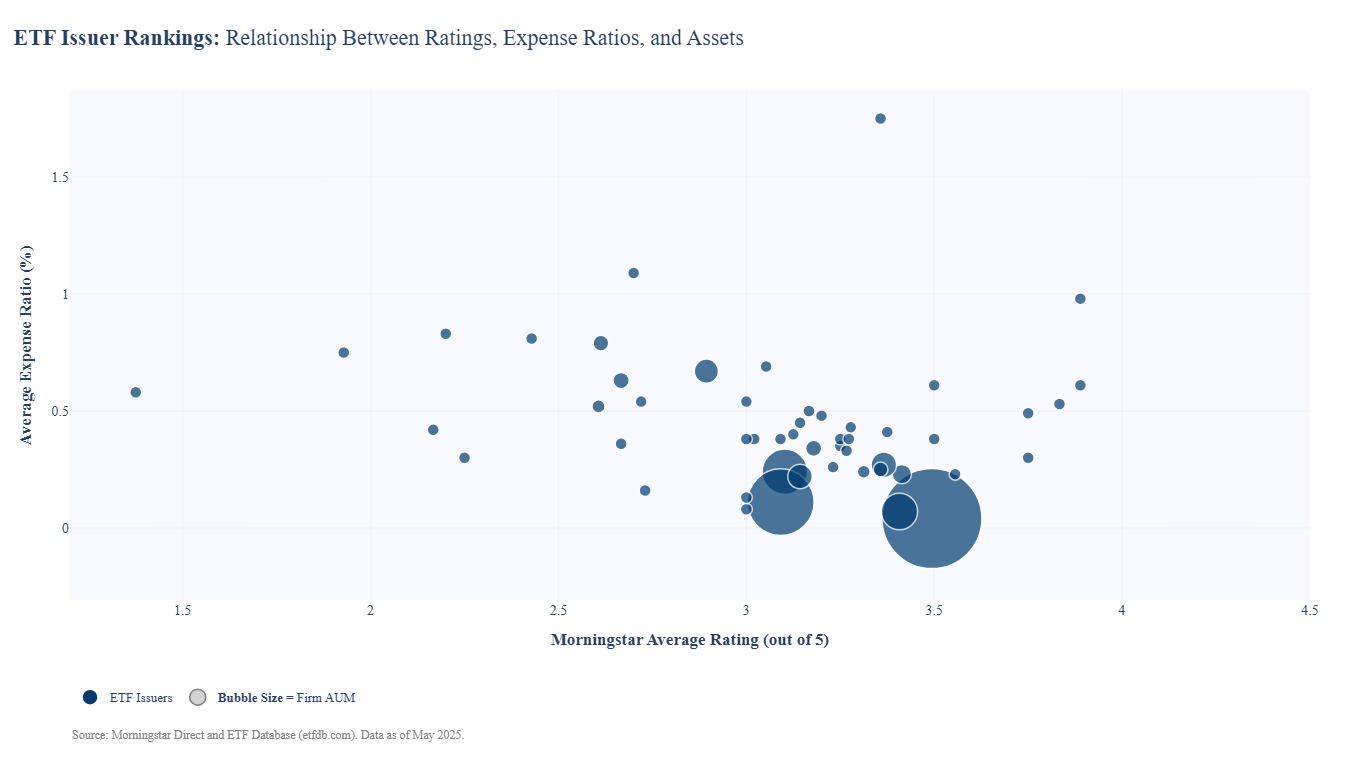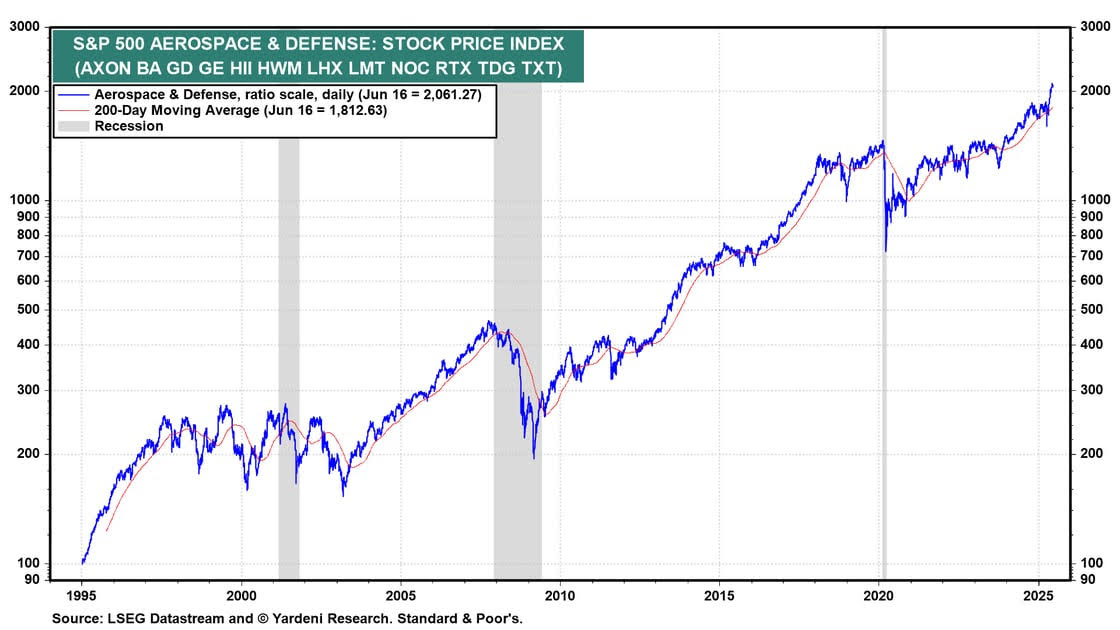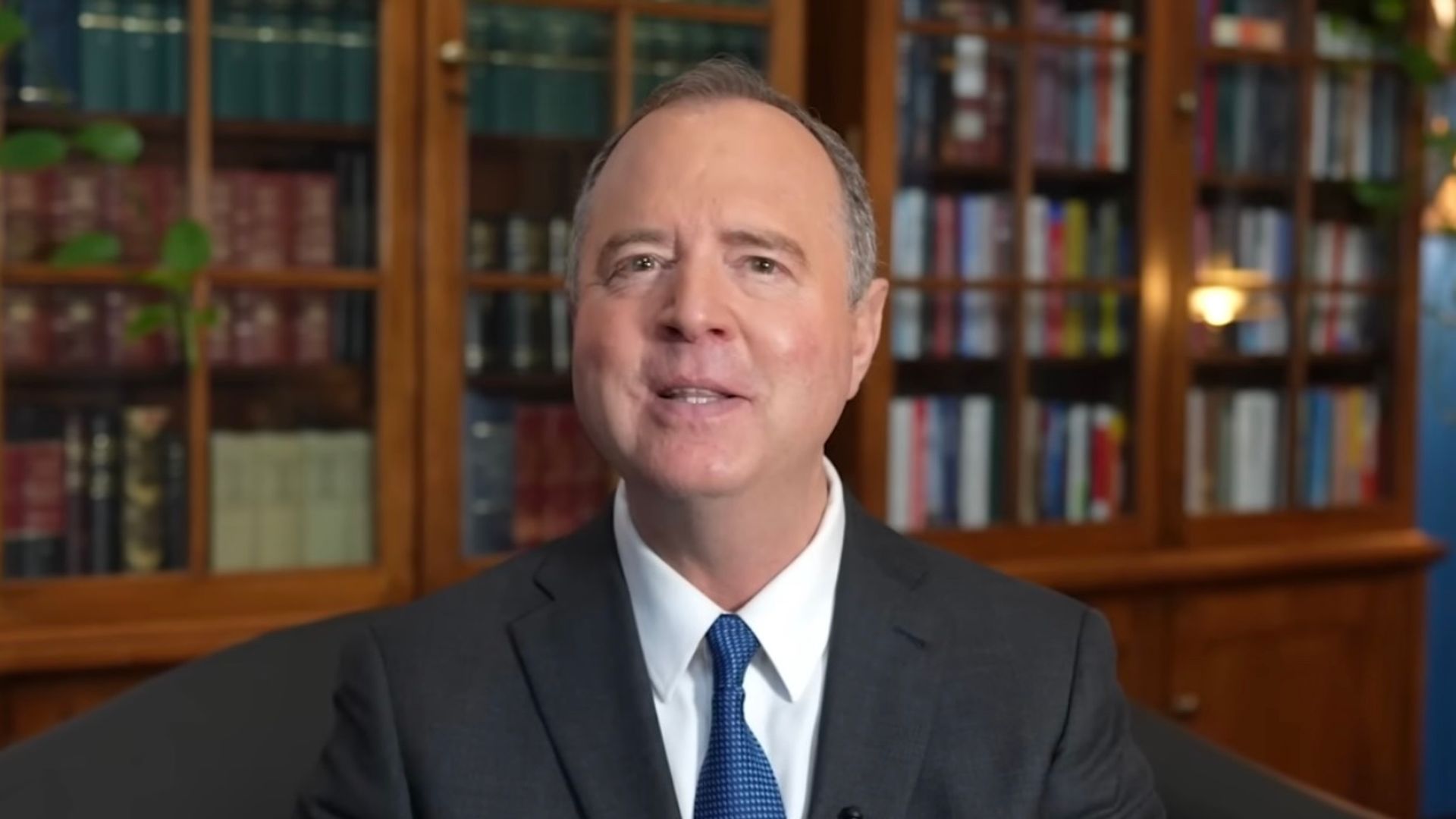The Only Magnificent 7 Stock To Never Split Its Shares May Do So in 2025
The Next Tech Stock Poised for a Share Split Facebook, Instagram, and WhatsApp parent Meta Platforms (NASDAQ:META) is a prime candidate for a stock split in 2025. Driven by its soaring share price, robust fundamentals, and strategic alignment with industry trends, META is the only “Magnificent Seven” tech giant never to have split its stock […] The post The Only Magnificent 7 Stock To Never Split Its Shares May Do So in 2025 appeared first on 24/7 Wall St..

Stock splits are popular with investors, even though they don’t change the company’s underlying fundamentals.
Six of the Magnificent 7 stocks have split their stocks in the past few years, but one has never split since going public. It may be ready for one now.
Nvidia made early investors rich, but there is a new class of ‘Next Nvidia Stocks’ that could be even better. Click here to learn more.
Key Points in This Article:
The Next Tech Stock Poised for a Share Split
Facebook, Instagram, and WhatsApp parent Meta Platforms (NASDAQ:META) is a prime candidate for a stock split in 2025.
Driven by its soaring share price, robust fundamentals, and strategic alignment with industry trends, META is the only “Magnificent Seven” tech giant never to have split its stock since its 2012 IPO at $38 per share. With a current price of $680 — 8% below its all-time high of $740 hit in February — it signals a potential move to enhance accessibility and signal confidence.
A stock split, while cosmetic, could amplify Meta’s appeal to retail investors and fuel further upside.
Skyrocketing Share Price and Retail Investor Appeal
Meta’s stock has generated total returns of 709% over the past decade, delivering a 23% compound annual growth rate.
It is among 36 S&P 500 companies exceeding $500 per share, a threshold where peers like Apple (NASDAQ:AAPL) and Nvidia (NASDAQ:NVDA) enacted splits. High share prices can deter retail investors from buying the stock. A 4-for-1 or 5-for-1 split, targeting a $100 to $150 per share post-split price, would align with Nvidia’s 10-for-1 split, which landed at $120 per share and boosted its accessibility.
Lowering META’s price would also ease stock-based compensation for Meta’s 70,000 employees, a factor Elon Musk cited for Tesla’s (NASDAQ:TSLA) splits.
Stellar Financial Performance Signals Confidence
Stock splits often follow strong performance, signaling management’s belief in the company’s sustained growth. Meta’s first-quarter revenue jumped 16% to $42.3 billion with a 41% operating margin. It was driven by 3.43 billion daily active users and Meta’s AI-enhanced ad algorithms. Second-quarter guidance projects 12.5% revenue growth at the midpoint of management’s range, or $44 billion.
With $70.2 billion in cash and investments, and $10.3 billion in Q1 free cash flow helping to fund its $64 billion to $72 billion 2025 capex spending plan without strain, a split would underscore confidence in Meta’s AI pivot. Along with Llama’s adoption and a planned 2025 AI-metaverse solution, META is positioned as a generative AI leader.
Stock splits have historically generated growth between 25% and 30% in the year following the event, or more than twice the average annual growth of of the S&P 500.
Competitive Pressure and Industry Trends
Meta’s Magnificent Seven peers have all split their shares since 2022, leaving Meta as the outlier. Nvidia’s 2023 split aided in its inclusion in the Dow Jones Industrial Average, a factor Meta night also consider.
A split could also counter volatility from President Trump’s trade policies — which caused Meta’s stock to dip earlier this year — by attracting retail investor inflows.
Meta had previously planned to split its stock in 2016, but CEO Mark Zuckerberg withdrew the proposal the following year. It proves Meta may not be opposed to a split, though the rationale at the time was more to allow Zuckerberg to sell META stock to finance his philanthropy.
Still, with its competitors leveraging splits for visibility, Meta could follow their lead to maintain investor buzz, especially as it funds greater AI investments.
A split doesn’t alter a business’s fundamentals, and Meta faces risks: heavy AI spending could pressure margins, and ad revenue — 98% of Q1 sales — is vulnerable to economic downturns. Regulatory scrutiny over data privacy and TikTok’s resurgence could also challenge growth. Trump has given the Chinese app another 90-day extension to find a U.S. buyer.
If META stock hits $1,000, though, pressure to split the stock will intensify, but management may delay if volatility persists. Investors betting on a split should focus on Meta’s 10% long-term earnings growth Wall Street forecasts, as well as the long-term upside potential of AI.
Key Takeaway
Meta Platforms’ $680 share price, robust financials, and peer-driven split trends position it as a top candidate for a stock split this year.
As the stock climbs toward $1,000 per share, the likelihood of a split grows, driven by the need to attract retail investors and signal confidence in Meta’s AI and metaverse ambitions. A split could potentially boost share demand and visibility even more.
Investors should use this opportunity to buy, as any pre-split rally could yield significant gains, especially with Meta’s revenue growth and rich margins fueling momentum. A split could catalyze Meta’s next surge, making it a compelling buy for those eyeing its transformative potential in the tech landscape.
The post The Only Magnificent 7 Stock To Never Split Its Shares May Do So in 2025 appeared first on 24/7 Wall St..

















